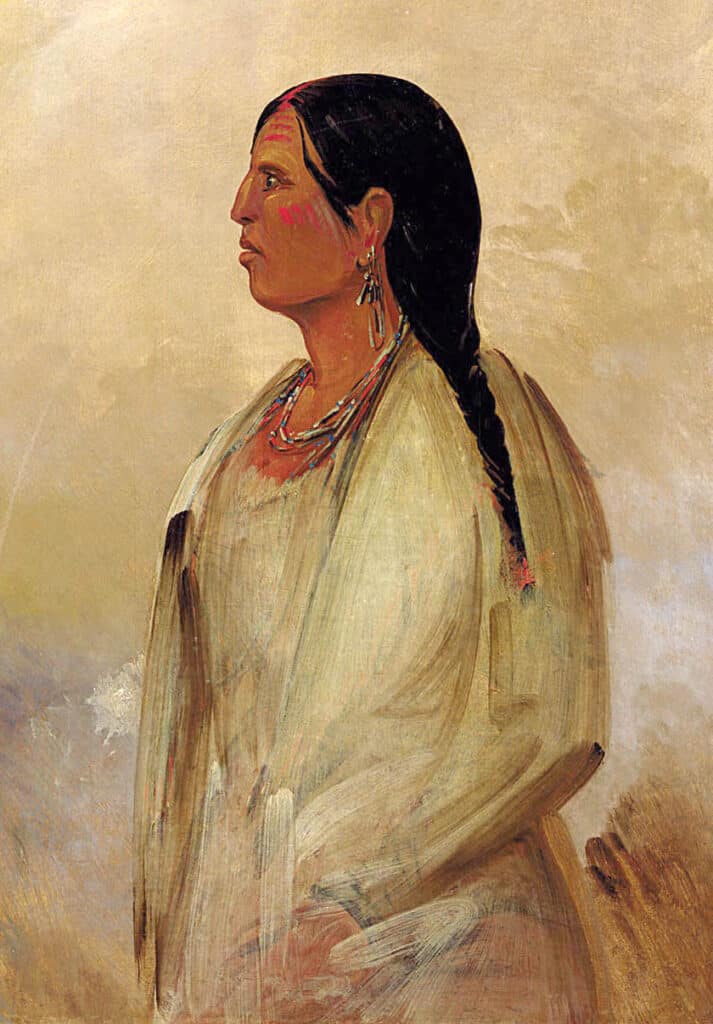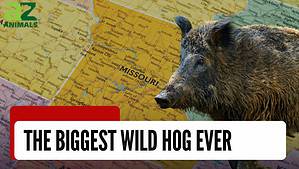Choctaw Native Americans first settled in Alabama and Mississippi. Choctaw tribes are members of the Choctaw Nation of Oklahoma, the Jena Band of Choctaw Indians, and the Mississippi Band of Choctaw Indians. A “Mother Mound” (Inholitopa iski) serves as the centerpiece of a park in Winston County, Mississippi. It is the spiritual center of the Choctaw nation. The mound’s construction dates to 0-300 AD, when the area was first settled. It shares a similar pyramidal shape with other sites from the same time period. These include the Igomar Mound in Mississippi and the Pinson Mounds in Tennessee. Due to the lack of any significant excavations, scientists know very little about the site’s archeological past.
European Americans considered the Choctaw one of the Southeast’s “Five Civilized Tribes.” Since at least 1866, the Cherokee, Choctaw, Chickasaw, Creek, and Seminole Indians of Oklahoma have collectively been referred to as the Five Civilized Tribes. Choctaw was moved to Indian Territory between 1831 and 1833. This controversal act was part of the Indian Removal policy. Choctaws who remained in Mississippi were one of the first non-European ethnic groups to gain citizenship as state and federal citizens.
Name
The word “Choctaw” can be used to describe the undefined “Chahta” language in English. John R. Swanton, an anthropologist, suggests that the Choctaw people obtained their names from an ancestor. Their name may have been derived from the Choctaw adage “Hacha hatak,” as presented by historian Henry Halbert (river people).

The total number of Choctaw Nation members is 223,279.
© – License
Location
The Choctaw united as a people in the 17th century. They later established three distinct administrative and geographic areas in the east, west, and south. Much of central and Southern Mississippi, as well as parts of Eastern Louisiana and Western Alabama, were part of the Choctaw people’s original region. Choctaw once inhabited the area that is now the Southeastern United States. More than 23 million acres belonged to the Choctaws before 1820. Much of this land was in present-day Mississippi, but it also extended into present-day Alabama and Louisiana.
Population
The total number of Choctaw Nation members is 223,279, with 84,670 living in the state of Oklahoma. According to the 2010 United States Census, the total population of the tribal area was around 231,000. This area is only 21% Indian and 79% non-Indian.
Beliefs
The Choctaw believed in both benign and malevolent ghosts and spirits. The Choctaw people held the sun in the highest regard. The name nanpisa, which translates to “the one who sees,” reflects this. Ancestral Choctaws from Mississippi may have viewed the sun as the center of everything, according to anthropologists. Until about the middle of the seventeenth century, Choctaws considered the sun a sentient being. Choctaw representatives, for instance, would only make contact on clear, sunny days. Bad weather caused the Choctaws to postpone their meetings until the sun came out. They believed the sunshine guaranteed truthfulness in every interaction. The sun is a significant symbol in the culture of the Southeastern Indians, representing immense power and devotion.
There is little documentation of Choctaw religious practices before the nineteenth century when Christian missionaries began to influence indigenous cultures. The Choctaw people still place a high value on the spiritual energies that link all forms of life. Choctaw beliefs center on the importance of maintaining harmony between humans, nature, and the afterlife. It is unclear what the traditional Choctaws believed a supreme being to be. Despite this, they continued to believe in a wide range of animal and human spirits that influenced human affairs even after the coming of Christianity. Most modern Choctaws live in Oklahoma and Mississippi, and they primarily adhere to the Baptist faith.
Culture
Choctaws may have merged with Plaquemine and Alabamans around the 17th century. Trade and relationships with Europeans influenced communities. The Choctaw were one of the Five Civilized Tribes. They adopted some of their practices when the US was founded, and immigrants came to the Southeast. They practiced yeoman farming and welcomed Europeans and African Americans. The Mississippi Band of Choctaw Indians celebrates their culture with ball games, dance, cooking, and entertainment at their yearly fair. Choctaws also valued farming. They produced vast surpluses of maize and other crops in their territory and along the Natchez Trace for commerce with other American Indian tribes, Europeans, and Americans.
Choctaws value sports. Stickball and heavy stones simulated and replaced warfare. These games helped settle disputes between tribes and families. The Choctaw were fierce warriors that helped European armies in the 1700s. Alliances gave tribes security and created trading networks. In the early 1700s, French and Choctaw forces destroyed the Natchez Indians, killing most of them and forcing the others to flee and join other tribes. The French were among the first Europeans to create an alliance with the Choctaw.
Clans
The Choctaws divide into two distinct groups: the Imoklashas (elders) and the Inhulalatas (youth). There were reportedly 12 separate clans, or “Iskas” spread throughout the two halves. Kids were born into the Iska of their mother and received their social standing from that group, as the inhabitants of this culture followed a matrilineal kinship structure. Their powerful uncles on their mother’s side were all high up in this hierarchy. Historically, moiety and Iska were used to establish a person’s identity before they were referred to be Choctaw, hence a Choctaw was initially known as Imoklasha or Inhulata. Children belonged to the Iska of the mother. Six settlements spread across three major regions: Okla Fayala, Okla Hannalli, and Okla Tannap.
Language
The Choctaw language is essential to the history, customs, and character of the Choctaw people. Choctaw is the first language that many Choctaw adults learned. The Choctaw people of Mississippi use the language in their daily lives. The Choctaw speak a Muskogean language. Early 19th-century frontiersmen like William Henry Harrison and Andrew Jackson were able to speak this language. Linguists have found significant similarities between this language and Chickasaw, to the point where some have concluded that the two are in fact synonymous.
The photo featured at the top of this post is © – License / Original
Sources
- Choctaw.org, Available here: https://www.choctaw.org/
- Brittanica, Available here: https://www.britannica.com/topic/Choctaw
- Tribalpedia, Available here: https://www.tribalpedia.com/us-tribes/a-l/choctaw-tribe/
Thank you for reading! Have some feedback for us? Contact the AZ Animals editorial team.






